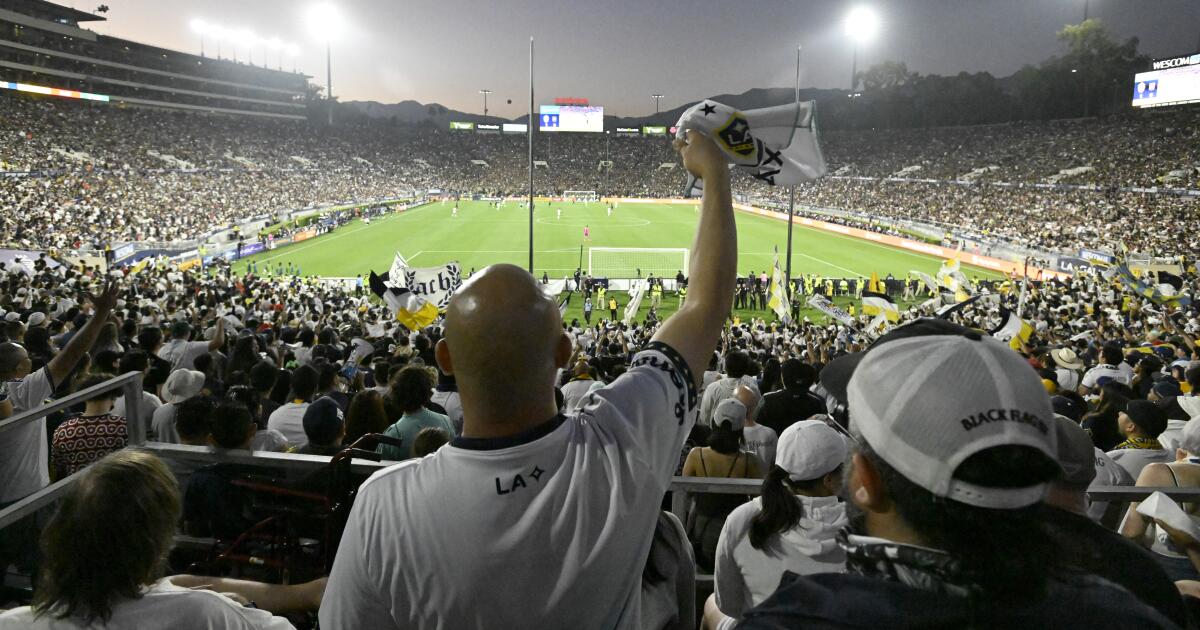We're only about 30-40 years removed from a time when the US Mens National Team was made up of part-time players and the only soccer that was on TV at all in the US was broadcast in Spanish. Today, an American is the best player on one of the biggest clubs in the world and NBC pays the Premier league $450 million per season to broadcast the games (while CBS pays $250 million for the Champions League, on top of owning the rights to Serie A, while ESPN owns the rights to La Liga, the Bundesliga, and even the English Championship, which is kind of the equivalent of AAA baseball). There isn't a single metric that doesn't point to soccer continuing to explode in the US. Your AAA baseball comparison is garbage.
(Before you respond, please look google "AAA baseball TV rights and ratings" and let me know what you find.)
Not sure why you are only referencing non-American leagues and contracts if you're arguing the business of Soccer in America - - Wouldn't it be more relevant to reference MLS and NWSL?
As it happens both are growing quite nicely:

MLS Growth, Excitement Noticeable Among League Stars
Top domestic soccer league in U.S. sets midseason marks for attendance, sponsorship, merchandise and social media engagement.
 www.forbes.com
www.forbes.com

NWSL Commissioner Jessica Berman Talks About Growth In Women’s Soccer
In an interview NWSL Commissioner Jessica Berman talks about the league's growth in media rights and ratings, franchise valuation and more.
 www.forbes.com
www.forbes.com
Last edited:







